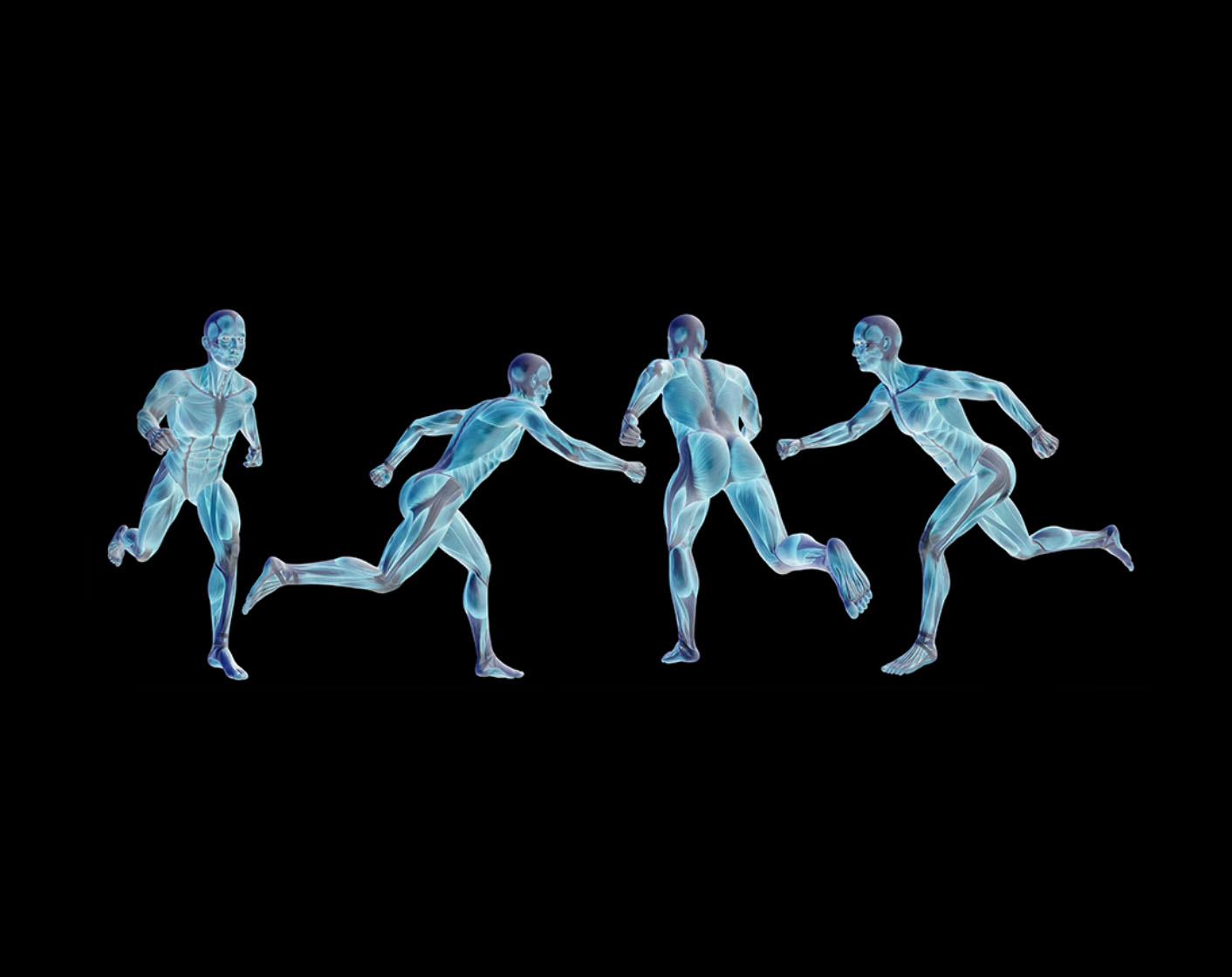
Preparing for Your Fixture: Soccer Stretches
- Noah Soliman
The cardiovascular and muscular demands of soccer make it a sport with high injury risks; from muscle fatigue to muscle tears, all injury severities are prone during the 90 minutes of play. In this episode, we will investigate one of the factors that influences your muscles’ risk to straining: mobility. We’ll delve into the research behind why poor mobility causes injury, and some practical applications for how you can increase mobility and reduce injury risk via soccer stretches.
The Importance of Muscle Mobility
Sports like soccer require high-speed and -directional movement from your lower body. Movements of this intensity can be safely and optimally achieved by ensuring that your muscles have the length to (a) direct your limbs to positions of high range of motion (ROM) (b) endure and transfer high forces. Stretching allows your muscles to gain the flexibility required to attain these demands, enabling you to perform on the pitch with maximal comfort and minimal injury risk.
Studies have suggested that performing muscle mobility exercises (e.g. soccer stretches) post-workout will accelerate recovery of strength and ROM.
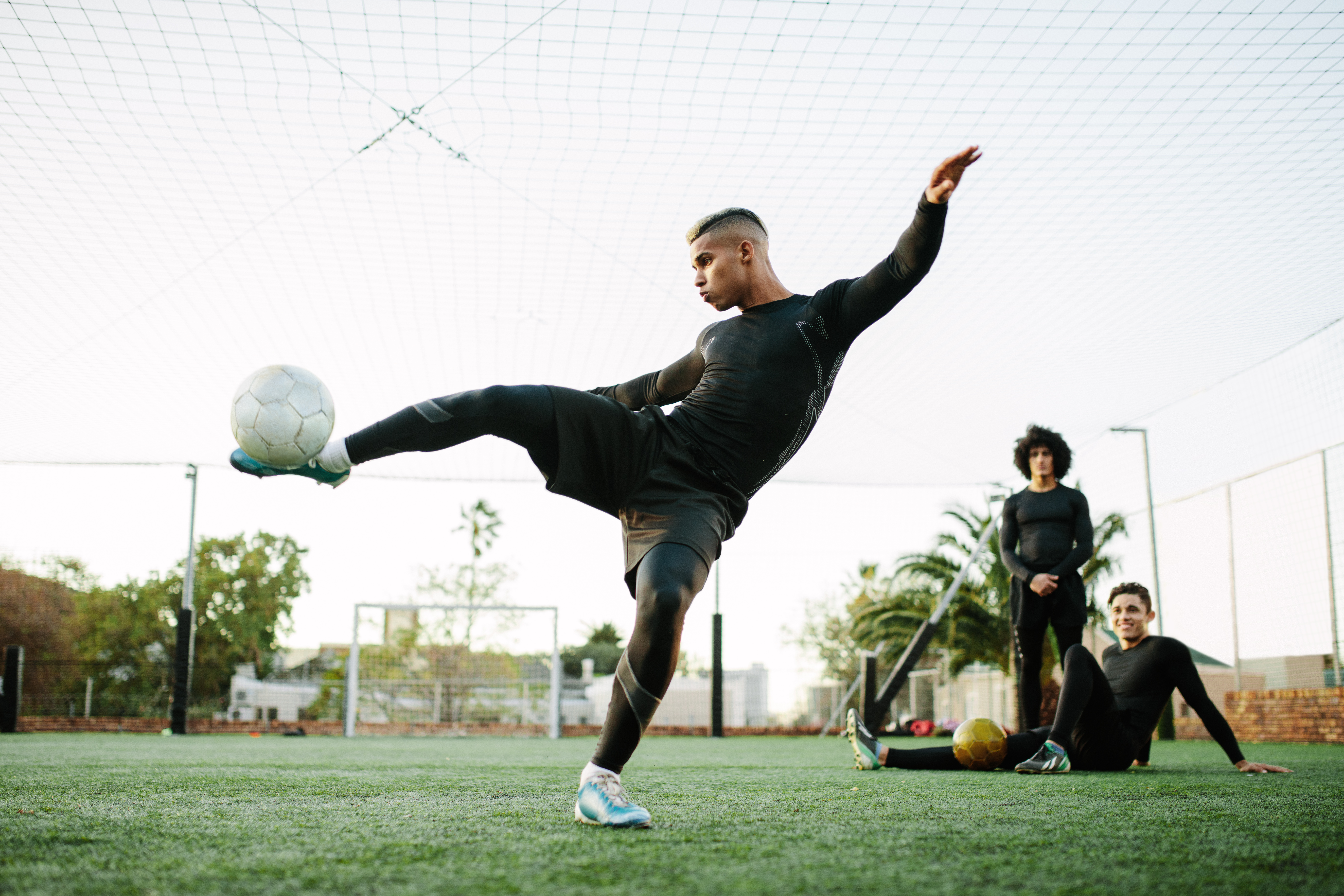
Applications to Soccer
Soccer is a sport demanding exemplary muscle coordination – whether that’s for controlling a ball, or foot placement for tackling. Therefore, it is important that your muscles’ flexibility is optimised to allow your limbs to move freely with control. Not only does this improve on-pitch performance, but it reduces the risk of injuring your joints via inaccurate foot placement.
It’s self-explanatory that our legs are the main driver for function and performance on the pitch, but let’s be specific in what muscle groups should be targeted in our soccer stretches:
- Hamstrings + Glutes: Soccer is a game of frequent accelerating and decelerating. As a result, your hamstrings will be constantly activated. Your glutes generate a significant proportion of the power for your sprints.
- Quadriceps: Your quads are heavily responsible for your shot power.
- Groin + Core: The muscles in your groin area are responsible for bringing the knee closer to the chest (hip flexion), which is a foundational movement required for dribbling and ball control. Your core muscles provide power and stability to your lower body muscles via the kinetic chain.
- Calves: The calves act as the last and first point of contact when running and jumping, providing a lot of the propulsive energy needed to initiate these movements.
Whether they’re for mobility or power generation, the functions of our lower body muscles make it imperative that we engage in soccer stretches to maximise performance and minimise injury risk.
PhysioFrog’s Soccer Stretches
Now you have a solid understanding for why, as a soccer player, you should care for soccer stretches, here are some of the best exercises to prepare for your soccer game.
- Lying Hamstring Stretch: This hamstring exercise targets your fibres at every length, ensuring a thorough stretch ahead of activity.
How to Perform:
(1) Lie on your back with your legs out in front of you.
(2) Grab your target leg at just below the knee and position it at an 80° angle with your body.
(3) Point your toes upwards before straightening leg.
(4) At the top of the movement, rotate your foot forwards then bend the knee.
(5) Continue the movement with your foot fixed in this position.
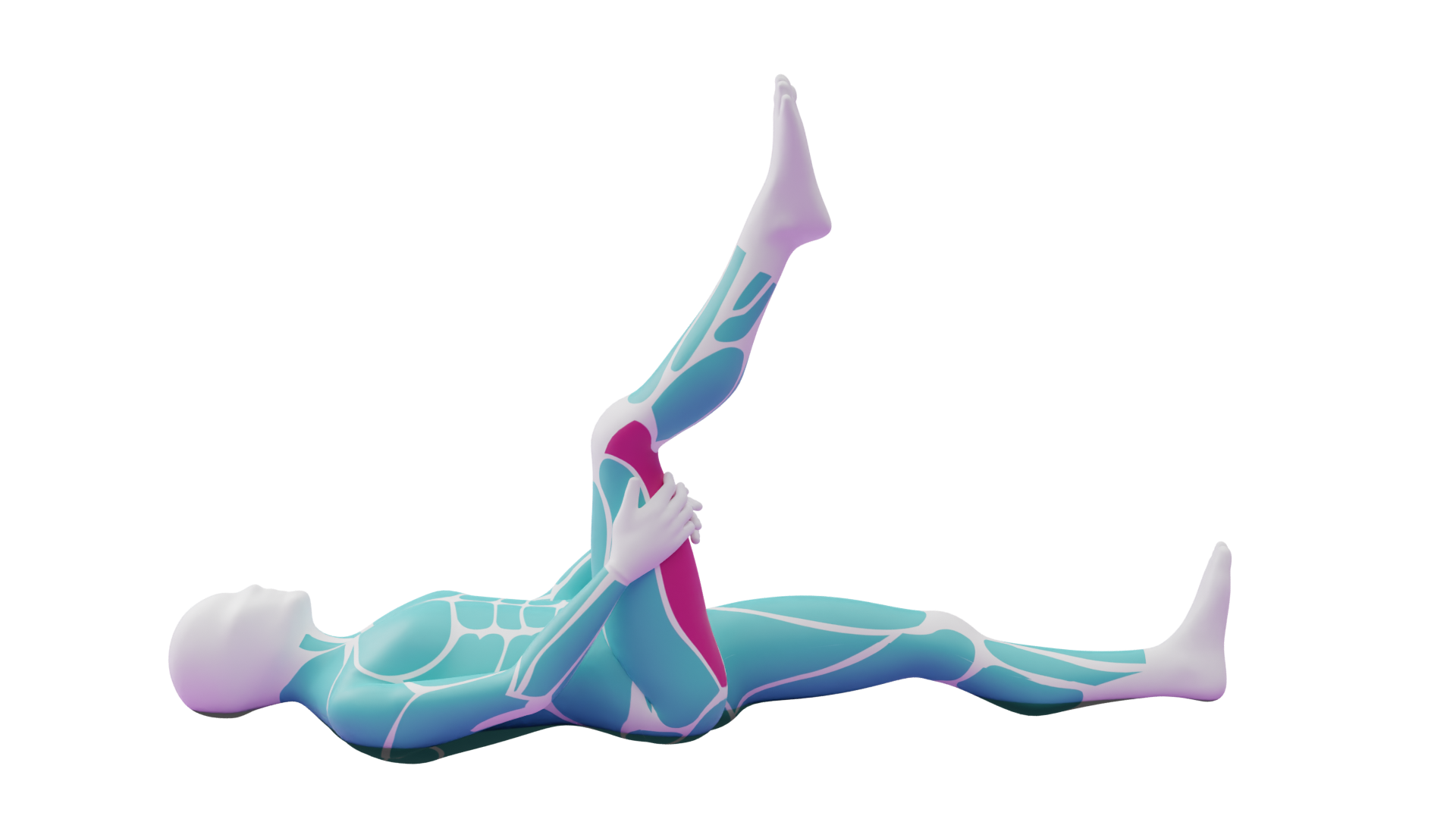
- Quad Lunge: This quadricep exercise offers a deep stretch to relieve tension in your upper leg.
How to Perform:
(1) Start in a lunge position, with your target leg at the back.
(2) Grab the foot of your target leg and bring it to your butt.
(3) With your back straight and hips pushed forward, lean into your front leg.
(4) Make sure you concentrate and perform the exercise next to support for balance.
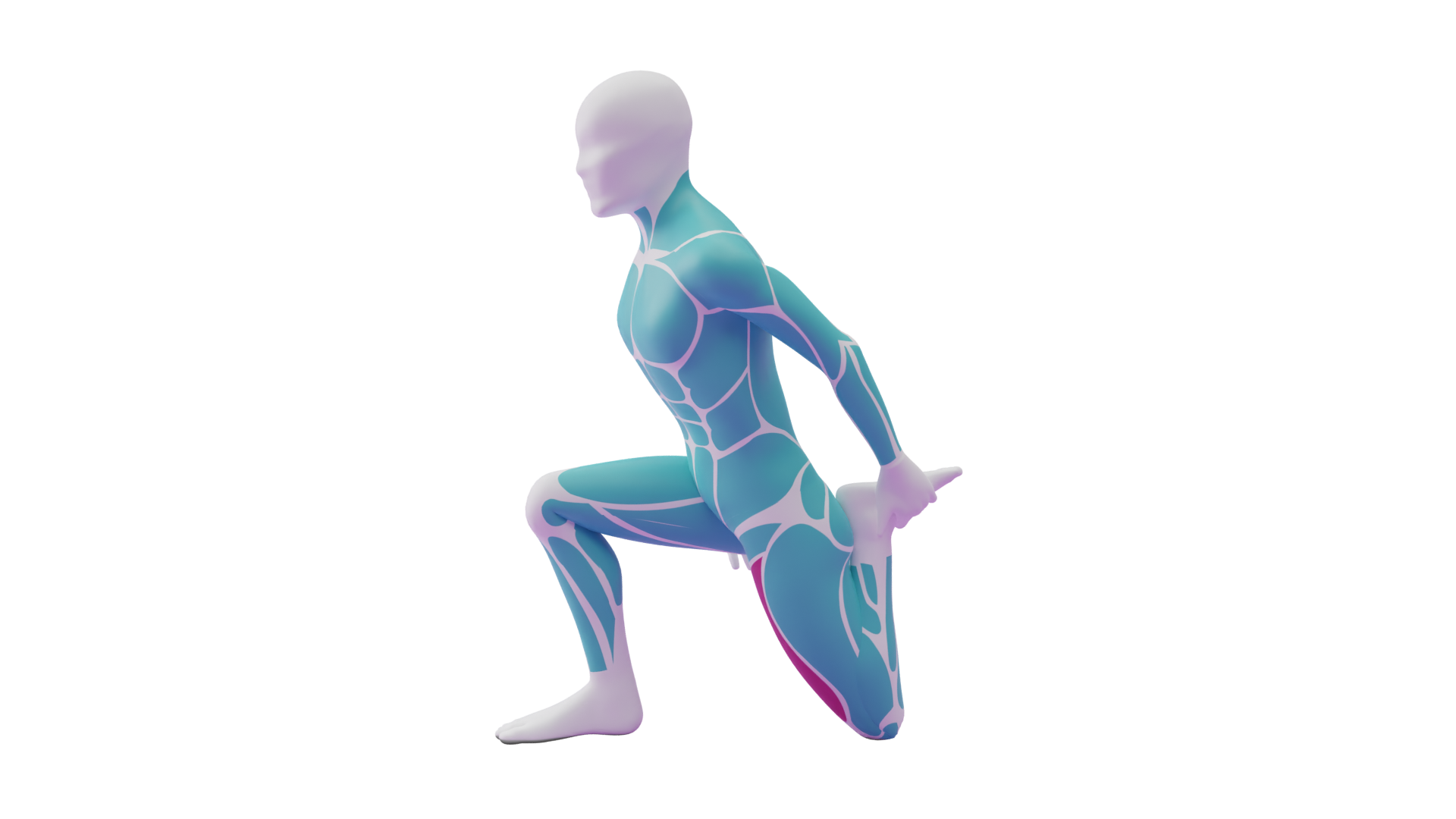
- Worldwide Lunge: This groin exercise exposes the muscle to wide ranges of motion, mimicking in-game activity.
How to Perform:
(1) Begin in a lunge position with your back straight.
(2) Move the knee forward so it is above the foot, then perform 2 pulses.
(3) Complete this lunge movement in front, 45°, then 90°.
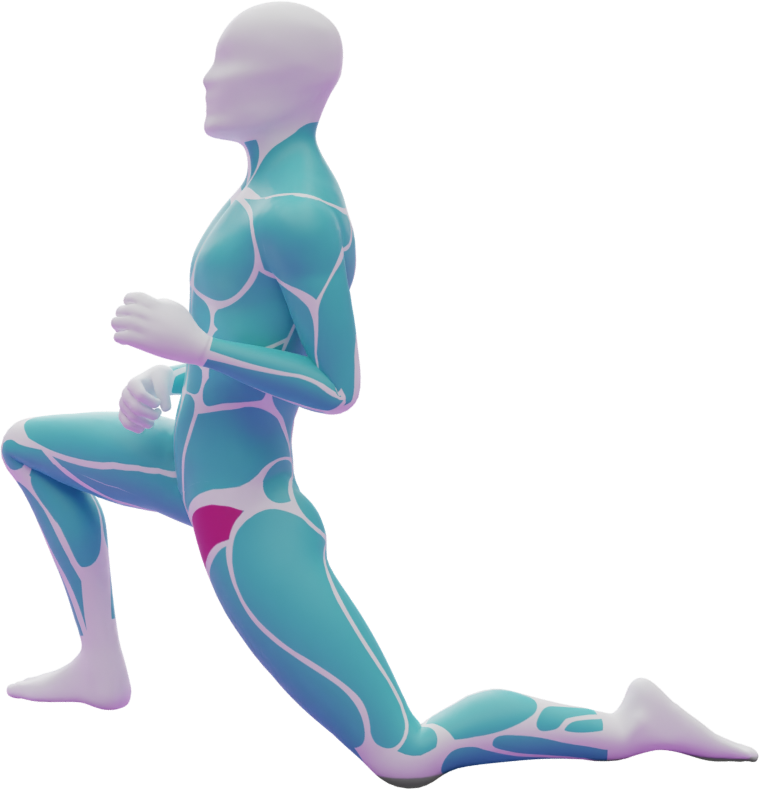
- Shin Relief: Constantly running for 90 minutes will place a lot of stress on your shins. This exercise will relieve that stress, preventing and minimising the discomfort associated with shin splints.
How to Perform:
(1) Sit back on your ankles with your posture tall.
You will feel a strong stretch in your shins.
(2) For a higher intensity stretch, place your hands on either side of your knees.
(3) Push them down to raise your knees off the ground and hold the position.

For these exercises’ recommended reps and intensities for soccer players, check out physiofrog.io. Exercises are portrayed via 3D muscle body animations, guaranteeing you’re performing with proper form for proper results.
Implementing these Soccer Stretches
- Warm-Up: Soccer warm-up exercises are vital for preparing your body for an intense 90 minutes. Not only do they warm up your muscles to increase muscle pliability and function, but they also give you an opportunity to mentally prepare for the game ahead. Many players use this period of static and dynamic soccer warm up stretches to relax and focus.
- Cool-Down: Studies have suggested that stretching following intense activity accelerates muscle recovery – promoting quicker returns in strength and ROM.
- Throughout the Season: Recent research concludes that muscles that are frequently lengthened (via stretching) have greater max strengths than those that aren’t regularly lengthened. Therefore, if you wish to maximise your athletic output, regularly stretch your muscles!
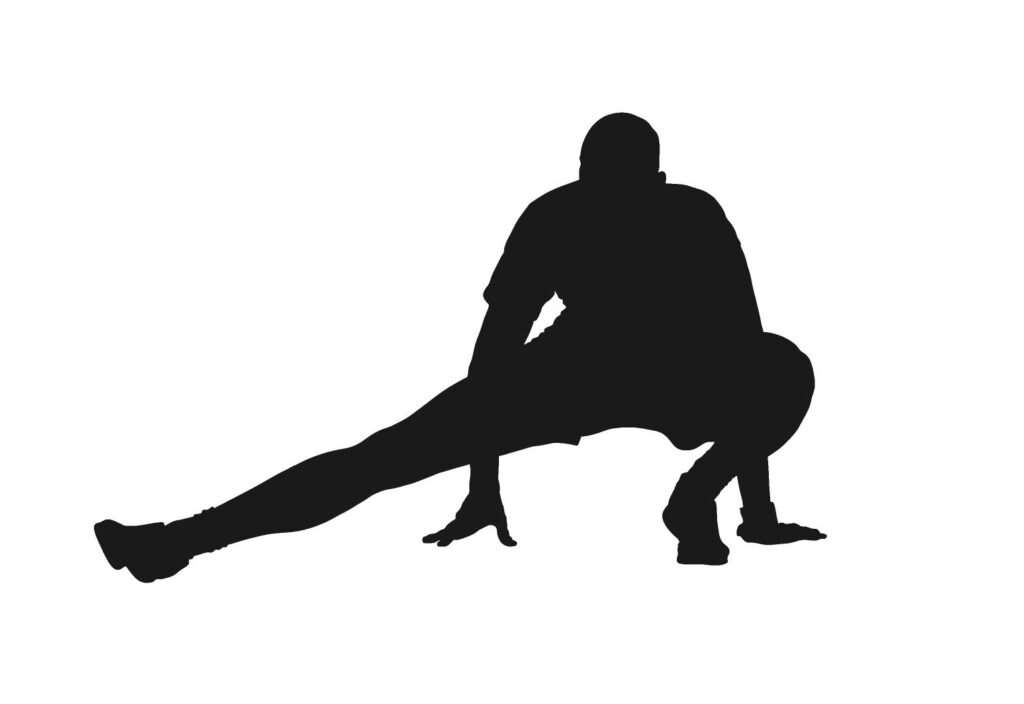
To All the Soccer Players
Soccer is a physically draining sport. The never-ending running, sprinting, jumping, and kicking takes a toll on your muscles. Therefore, for the sake of your muscle health and athletic output, put together a routine of soccer stretches! Aim to perform this a few times a week, and before and after fixtures. Like anything, the best results come from consistency, so make sure you’re performing your exercises regularly.
Are you a soccer player looking to either recover from a muscle injury or prepare your muscles for an upcoming fixture? Join the community of soccer players at PhysioFrog – the software that recommends exercise programs for you to perform comfortably and confidently.
Thanks for reading,
Noah Soliman, Principal @ PhysioFrog
Get to grips with the physiology and mechanisms behind our warm-ups, and learn how their applications can maximise your on-field performances. Along with the physical benefits of muscle preparation, get an insight into its psychological benefits to truly understand your mind and body!
Get to grips with the physiology and mechanisms behind our warm-ups, and learn how their applications can maximise your on-field performances. Along with the physical benefits of muscle preparation, get an insight into its psychological benefits to truly understand your mind and body!
For soccer-specific preparation & recovery exercise programs




